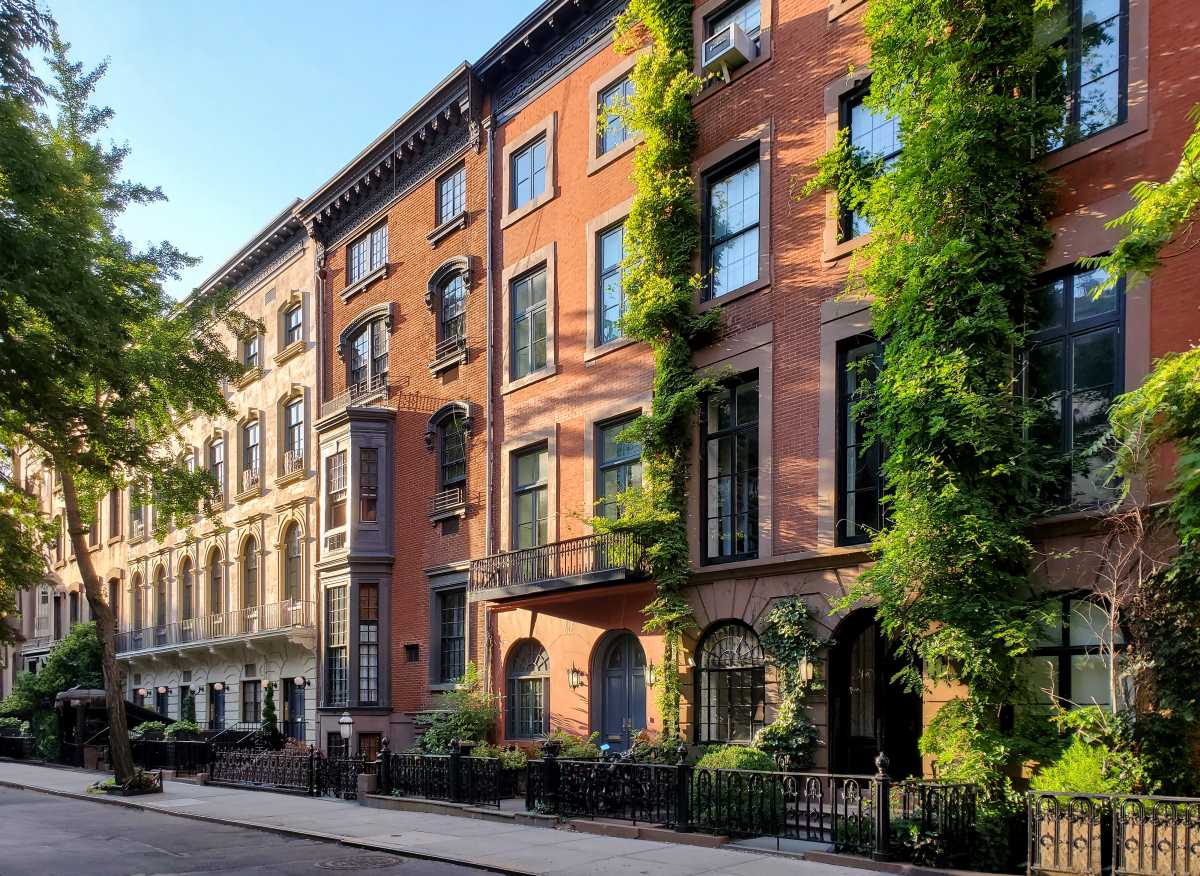The news this week that the Department of Education has decided to open a new elementary school in Lower Manhattan was welcome. The neighborhood is fortunate to have dedicated elected leaders, community members, educators and parents who tirelessly advocated for the necessary new seats.
But although it is a definitive victory, it is far from the end of the fight.
We have long said that one of the bright spots in Lower Manhattan post-9/11 has been the growth of the residential population. Downtown is booming with new, young life. It is one of the fastest growing neighborhoods in the entire city, as families are choosing not only to move here, but to create a life here, to send their kids to public school here and to help turn the area into a true 24/7 community.
One sure way to stop that growth is to neglect the urgent need for more schools. While people might be able to deal with not having enough parks, or even having enough hospitals, in their neighborhoods, they don’t want to accept large class sizes, long commutes for their children and not enough seats to ensure an appropriate education for them — nor should they.
One of the main reasons this new school, to be housed in the Tweed Courthouse initially, has become a reality is that our local community got the facts straight. Eric Greenleaf has been an invaluable resource in the fight to prevent a real school-overcrowding crisis because he has taken the time to study the population growth and the need for more seats. His latest numbers only bolster our argument that we cannot stop now in making sure D.O.E. continues to focus on Lower Manhattan. The new 400-seat school is great news, but when it opens in three years, according to Greenleaf, it will open at full capacity. And come 2017, Greenleaf predicts a shortage of more than 1,400 seats.
Community Board 1 has also utilized data to sway D.O.E. to pay attention and heed the call for more schools. Board members went door to door, conducting a mini-census to estimate the need for more schools. Their work was so diligent, and so valuable, that other community boards in the city have asked C.B. 1 Chairperson Julie Menin to speak at their meetings and tell their members how to go about generating data for their districts.
Another reason this new school has come to fruition is due to Assembly Speaker Sheldon Silver’s creation of an Overcrowding Task Force, of which Greenleaf is a member. A recent meeting of the task force was where new Schools Chancellor Cathie Black made her infamous “birth control” joke and is where Greenleaf regularly presents his data. Verbal gaffe excused, Black clearly listened to the community’s concerns and we applaud her role when it comes to the creation of this newest school. But D.O.E. still has a long way to go to catch up to Downtown’s demographic wave. What is needed now is a comprehensive plan to stem the overcrowding.
A bit farther north, there are more hopeful signs: Trinity Real Estate and New York University have each independently committed to creating roughly 400-seat public schools as part of their development plans — Trinity in Hudson Square and N.Y.U. in the South Village. While these development projects are certainly not a done deal by any means — and N.Y.U.’s large-scale plans have already met intense community opposition — the public schools are sorely needed, and we sincerely hope they get built. These are more pieces of the puzzle to ensuring that our community’s education needs will be met, both in the near future and in the long term.




































